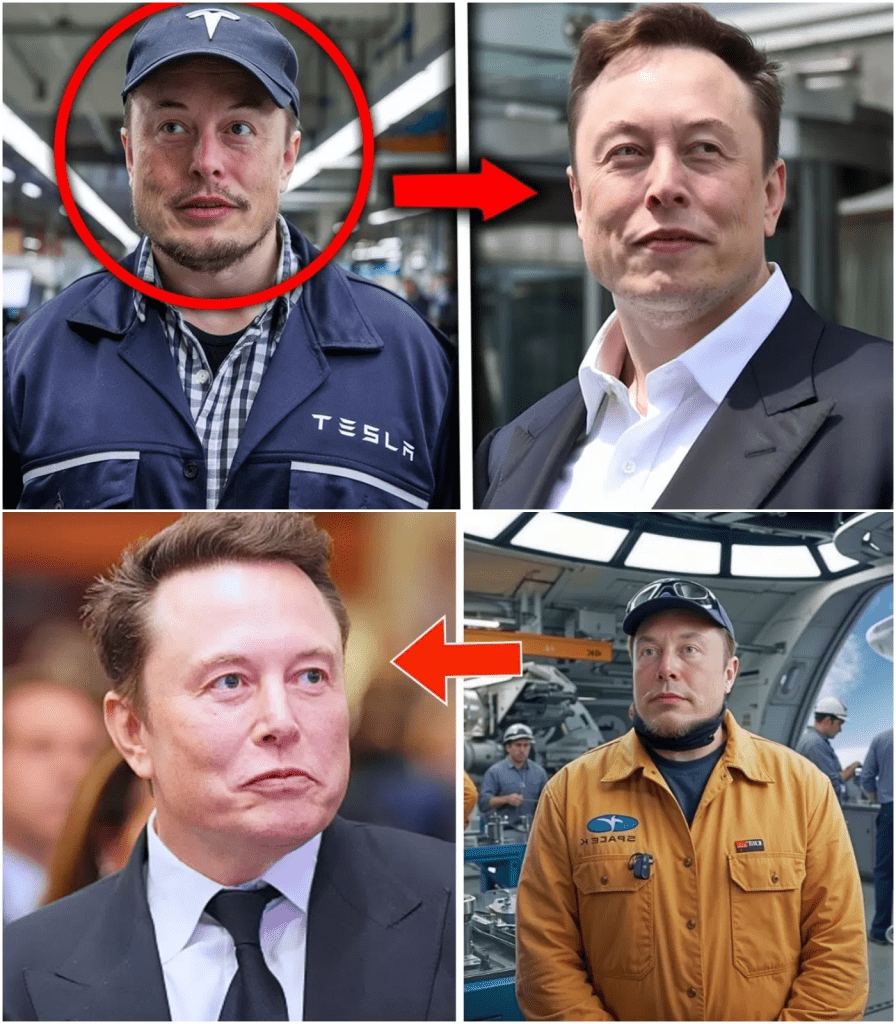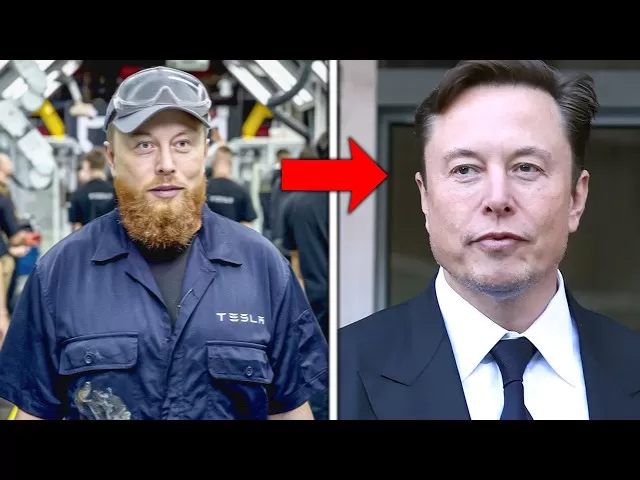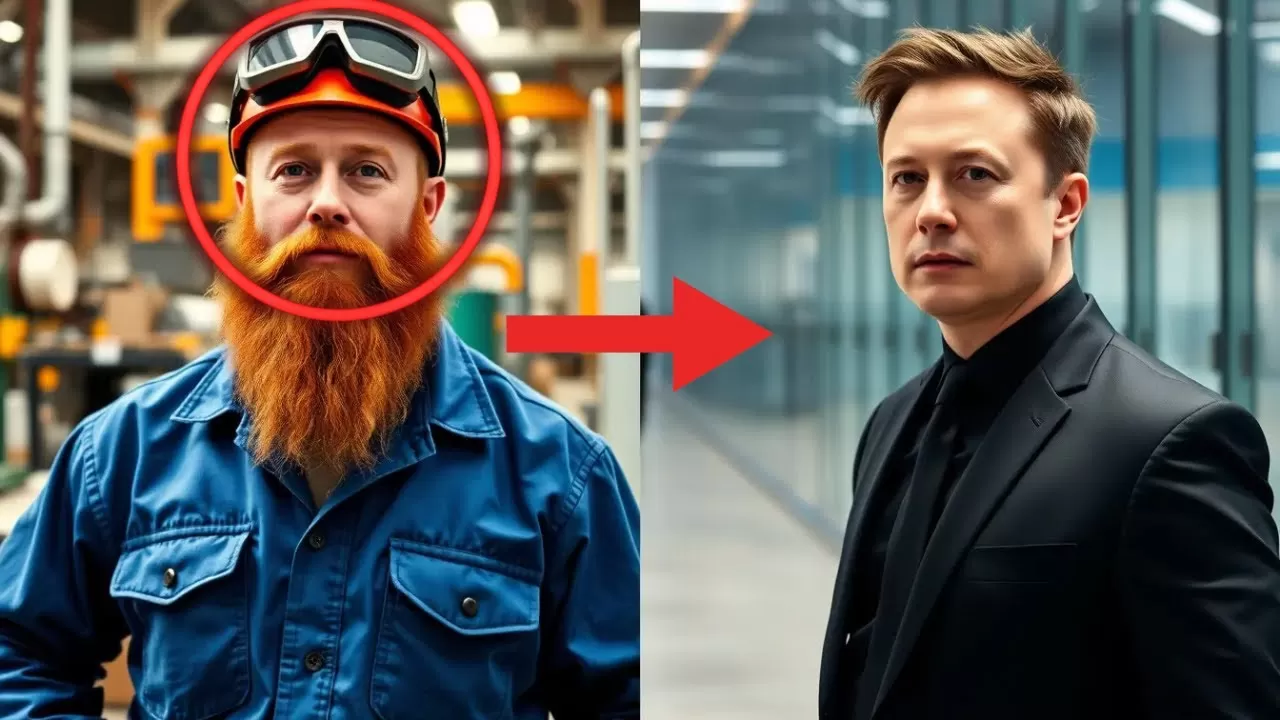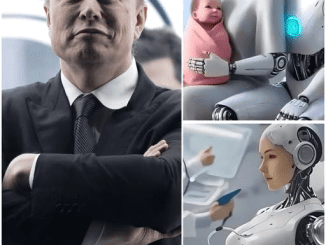Elon Musk is universally recognized for his revolutionary contributions to the realms of space travel and electric vehicles. His innovative ventures like SpaceX and Tesla have not only disrupted industries but also stood as a testament to the boundless frontiers of human ambition. Yet, an often overlooked facet of his leadership calls for attention—an undercover operation at Tesla’s Gigafactory in Sparks, Nevada that surfaced fundamental issues and showcased the value of empathy and teamwork in leadership.

In a bold, unprecedented move, Musk abandoned his high-powered executive persona and infiltrated Tesla’s workforce as an ordinary factory worker named “Dan.” Swapping his executive suit for a manufacturing uniform, lunchbox in hand, and safety goggles on, Musk set out to understand the day-to-day struggles of his employees. This was not a publicity stunt but a covert operation aimed at uncovering the operational realities faced by the hands that power Tesla’s production line.
The Gigafactory is a hive of unwavering activity, marked by the vibrancy of rapid movements and the symphony of robotic arms and humming machines. Musk’s initial moments were fraught with blunders, drawing sharp rebukes from supervisors like Todd. As “Dan,” Musk quickly realized that physical and mental stress was part and parcel of the workers’ daily existence. He overheard stories that highlighted the human elements often obscured behind the assembly line—tales of single mothers working extra shifts, young employees saving for their education, and veterans grappling with physical and emotional scars.
Despite its cutting-edge façade, Musk discovered that the Gigafactory was riddled with inefficiencies and aging machinery. What appeared to be a well-oiled machine was in fact struggling to stay functional. Broken tools and unreliable robots were commonplace, and significant issues were frequently swept under the rug to maintain output.

The workers, worn down by long hours, relentless targets, and scant support from management, felt as if they were mere cogs in an expansive, insensible machine. The incident involving Tasha, a worker who severely injured her arm due to malfunctioning machinery, unveiled the negligence and lack of urgency within the system. Her haunting words, “I told them this thing was acting up. It’s too late,” echoed the pervasive atmosphere of indifference.
Despite the systemic flaws, the ingenuity and resilience of the workers shone brightly. Faced with broken tools and malfunctioning machines, employees like Louise exhibited remarkable resourcefulness. They fixed equipment with spare parts and revived nearly unusable robotic welders. The workers’ proactive efforts were a clear cry for help—a demonstration of innovative potential stifled by bureaucratic bottlenecks.
Management, however, remained largely oblivious to these grassroots innovations. The glaring disconnect between the factory floor and the upper echelons of Tesla’s leadership became increasingly apparent to Musk. Murmurs of frustration were frequent, yet the workers remained hopeful, often gathering in the breakroom to brainstorm solutions and share grievances.
After a week of observing and interacting with the workforce, Musk decided to reveal his true identity. He cleared his throat and spoke for the first time during a casual gathering, declaring, “I don’t go by Dan. My name is Elon Musk, and I’ve spent the last week here working with you to understand the real issues you face.” At first, the workers were engulfed with incredulity, their eyes widening in disbelief. “Is this a joke?” someone murmured. Gradually, skepticism turned into cautious optimism.
Musk’s revelation was a turning point, emphasizing that leadership is less about issuing orders from above and more about listening, empowering, and adapting to the needs of those closest to the action. He made a promise to establish a direct line of communication between the workers and management, ensuring that their problems and ideas received serious attention.
Musk acted swiftly to address safety concerns, starting with the malfunctioning lift that had injured Tasha. A dedicated safety audit team was deployed to assess and rectify other hazardous areas, instilling a newfound sense of security and empowerment among the employees.
In a groundbreaking move, Musk introduced an open invention forum, bypassing traditional bureaucracy. This platform allowed employees to submit their ideas directly to management. The response was immediate—submissions flooded in within days. Practical suggestions like Louise’s modification of the conveyor belt timing and Tasha’s redesign of a laborious tool were promptly implemented, saving valuable minutes and reducing worker strain.
For the first time, employees witnessed their ideas coming to life. They transitioned from feeling like interchangeable parts to essential contributors to Tesla’s vision, reinvigorating their sense of worth and purpose. This cultural shift permeated the factory, fostering an environment of creativity, teamwork, and trust.




